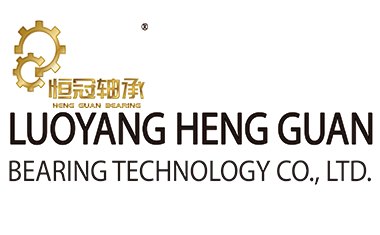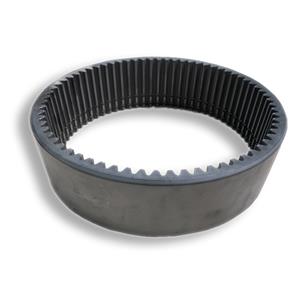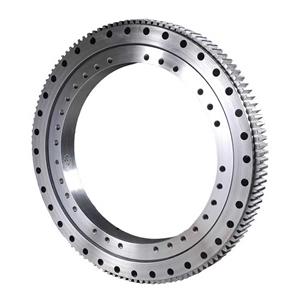High-performance slewing bearing selection guide
In the fields of heavy machinery, wind power generation, port equipment, engineering machinery, aerospace, etc., high-performance slewing bearings (also known as turntable bearings or slewing bearings) are core components, and their performance is directly related to the overall operating efficiency, stability and service life of the equipment. Therefore, when purchasing high-performance slewing bearings, it is necessary to consider many factors to ensure that the product that best suits the project needs is selected. The following is a detailed purchase guide to help you make an informed decision.
1. Clarify the use requirements and working environment
Load requirements: First, clarify the maximum static load, dynamic load and impact load that the equipment needs to withstand, which is the basis for selecting the slewing bearing model and material.
Speed and rotation accuracy: According to the operating speed and accuracy requirements of the equipment, select the appropriate bearing type (such as four-point contact ball bearings, cross roller bearings, etc.) to ensure that the rotation stability and accuracy requirements are met.
Working environment: Consider factors such as temperature, humidity, corrosive substances in the working environment, and select bearings with corresponding protection levels, such as anti-corrosion treatment, sealing design, etc.
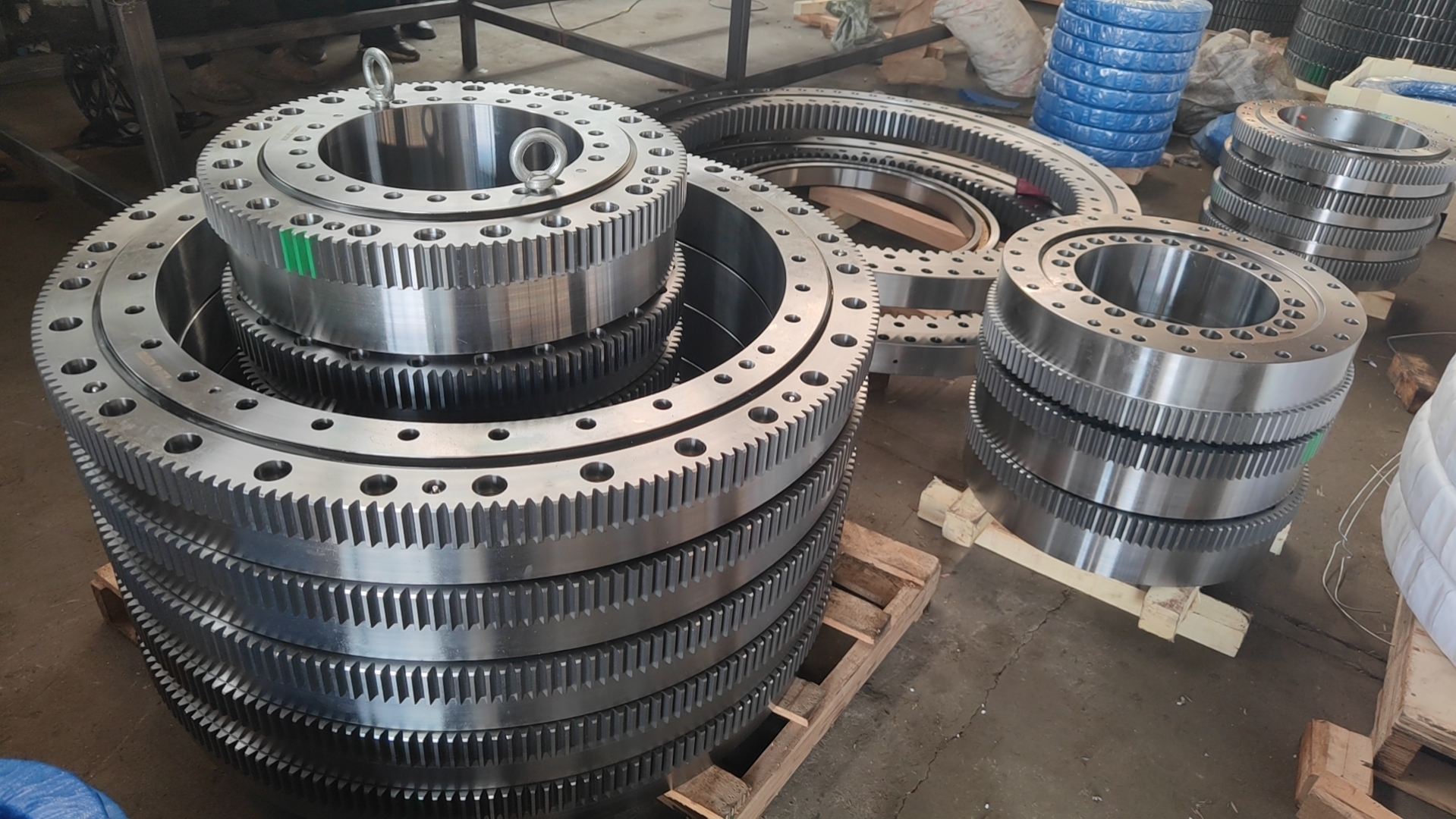
2. Material and durability
Bearing steel material: high-quality bearing steel such as GCr15, GCr18Mo, etc., has good wear resistance, fatigue resistance and toughness, and is the preferred material for high-performance slewing bearings.
Heat treatment technology: pay attention to the heat treatment process of the bearing, such as quenching and tempering, which directly affects the hardness and internal structure of the bearing, and thus affects its service life.
Lubrication system: a good lubrication system is the key to ensuring the long-term stable operation of the bearing. Understand and compare the lubrication methods (such as grease lubrication, oil bath lubrication, etc.) and lubrication effects of different products.
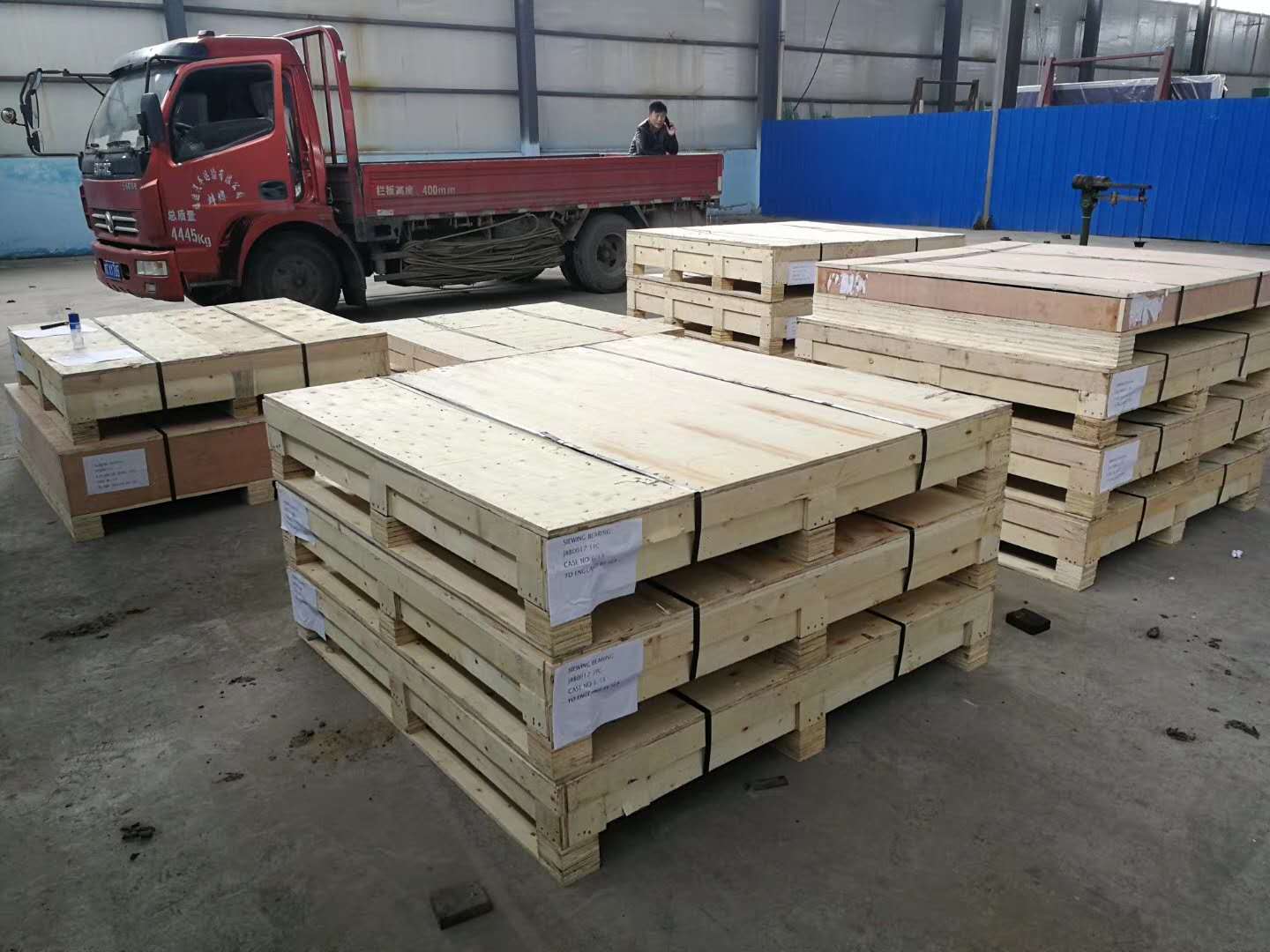
3. Technical parameters and specifications
Inner diameter, outer diameter and thickness: accurately select the bearing size according to the design size of the equipment to avoid too large or too small to cause inconvenience in installation or performance degradation.
Clearance and preload: The adjustment of clearance and preload has an important impact on the rotation flexibility and load-bearing capacity of the bearing, and needs to be adjusted to the optimal state according to specific needs.
Sealing performance: For application scenarios that require dustproof, waterproof and anti-pollution, bearings with good sealing performance should be selected to reduce maintenance costs and extend service life.
4. Brand and after-sales service
Brand reputation: Choose well-known brands, which usually have more advanced technology, stricter quality control system and more complete after-sales service system.
Technical support: Understand whether the supplier can provide comprehensive technical support such as selection guidance, installation and debugging, troubleshooting, etc.
After-sales service: Consider the supplier's after-sales service response speed, parts supply capacity, warranty policy, etc., to ensure that problems encountered during use can be solved in a timely manner.
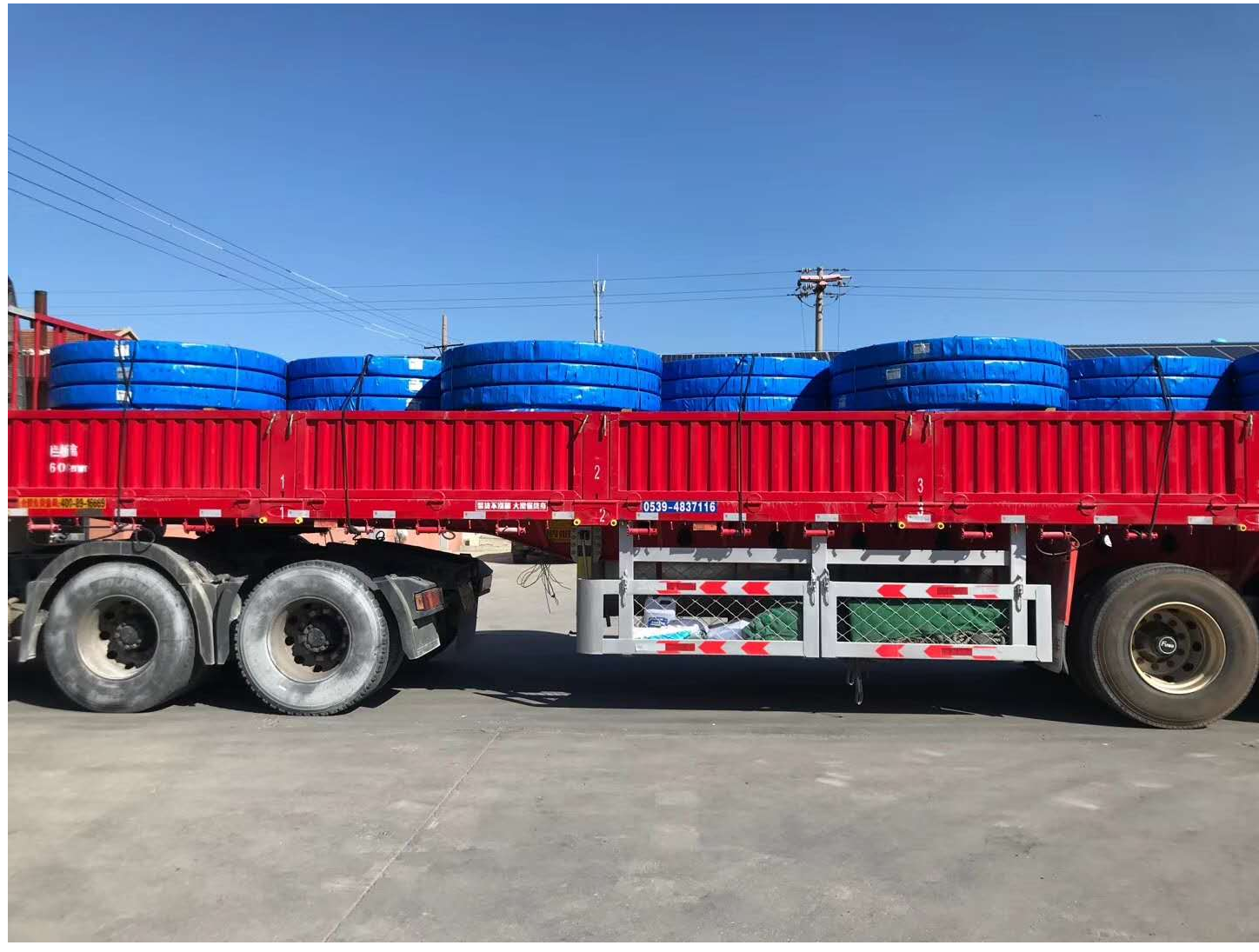
5. Cost-effectiveness analysis
Initial investment and long-term cost: When comparing slewing bearings of different brands and models, not only the purchase price should be considered, but also the long-term costs such as service life, maintenance cost, and downtime loss should be considered comprehensively.
Cost-effectiveness evaluation: Comprehensively evaluate the performance, quality, price and service of the product, and choose the product with the highest cost-effectiveness.
In summary, the purchase of high-performance slewing bearings is a systematic project that requires comprehensive consideration of many factors. By clarifying the usage requirements, paying attention to materials and durability, carefully comparing technical parameters and specifications, paying attention to brands and after-sales services, and conducting cost-benefit analysis, you will be able to purchase the high-performance slewing bearing that best suits your project needs, providing a solid guarantee for the stable operation of the equipment.
